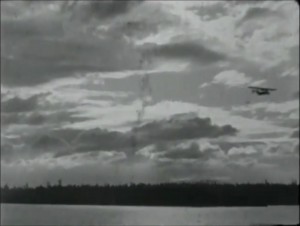
"Members of the BC Mountaineering Club fly from Jericho Beach, Vancouver, in a Sikorsky S-38 amphibian (Canadian Airways, registration CF-ASO), and land on Garibaldi Lake. Most of the footage depicts the members climbing Mount Garibaldi and resting at the summit. Returning to the lake, they board the amphibian and fly back to Jericho Beach" British Columbia Archives.
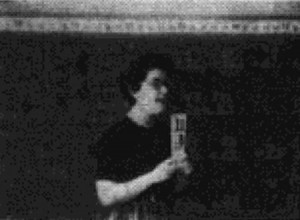
"A community service in filming the activities of the George E. Slye School in East Hartford, Conn. We start with the young boys and girls on the playground, their orderly return to the classrooms. Then we visit the first and second grades to observe the teaching and learning methods. There is a lunch room, a dispensary, and an audio hearing test center. All learn to sing, blending their young voices in the classroom. Those who have the interest, are taught to use musical instruments and an appreciation of the drama. Physical education for good health is as important as Parent-Teachers organization meetings Focus on Slye is a truly fine community service" PSA Journal, Oct. 1962, 35.
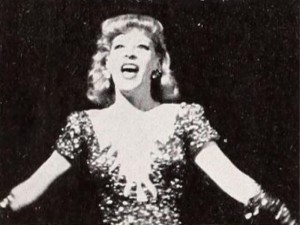
"Oscar H. Horovitz had, obviously, a certain amount of influence aiding his production of Follow the Girls, a motion picture study of the Gertrude Niesen musical comedy. This fact, however, does not explain the secret of his success. Others before him have had influence behind their filming of such dramatic spectacles as the circus, indoor ice carnivals, pageants and assorted stage shows. The influence did not help; their filming remained but a record, immobile and inanimate between the confines of a proscenium arch. Not so in Follow the Girls! Although executed with brilliant technical ability, the paramount triumph of this picture is its prevailing and sure sense of genuine cinematics. The cameraman seems to have been everywhere — on stage and off. Scenes of an ensemble or of a single singer cut in complete confidence from long shot to medium to closeup, without missing so much as a shoe tap. Follow the Girls, besides being lively and colorful entertainment, should serve as a model for all future personal movies of its kind and as an important record of this era of entertainment." Movie Makers, Dec. 1944, 477, 494.
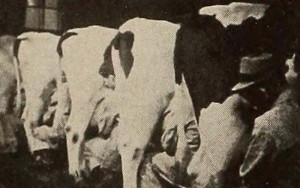
"Well known for its attainments in the commercial film field, the T. W. Willard Motion Picture Company sets a new high in its publicity productions with Follow the Plow. To technical excellence they have added sound sequencing; into a record of vocational education, they have instilled beauty and human interest. The subject matter concerns the training given to selected city boys in the fundamentals of farming at the Bowdoin Farm, operated by the Children's Aid Society of New York City. Tracing the course of these boys from the sidewalks and streets to the fields, at New Hamburg, N. Y., the location of the farm, the film expands with the glorious color of the autumn country and becomes a living essay of the pleasures of farm life. Constantly changing angles and intelligent titling lend pace to the production. Despite the limited interest in the specific subject of plows and cows, the appeal is made universal through magnificent color scenes and competent treatment." Movie Makers, Dec. 1938, 618.
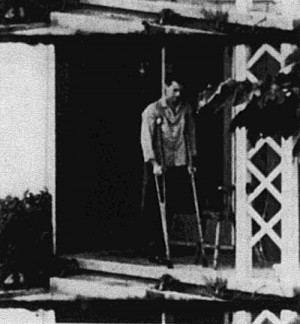
"There will always be those who seek gold. Eugene McIlwain has filmed the story of one who did find gold. It was real gold, more than he could handle. The setting is in a desolate desert are where one may expect to suffer privation. At times there may be the risk of one's life from the very desert from which he strives to conquer and extract its riches. The hardships of such a venture are told with engaging interest in Fool's Gold. The story if paced with background music and narration." PSA Journal, Nov. 1957, 32.
"Scenes from a football match at Maine Road are followed by views of a charity parade through the Ancoats area of Manchester in 1936. Brief shots of trams at Ardwick Green conclude." (BFI Player)
Total Pages: 299